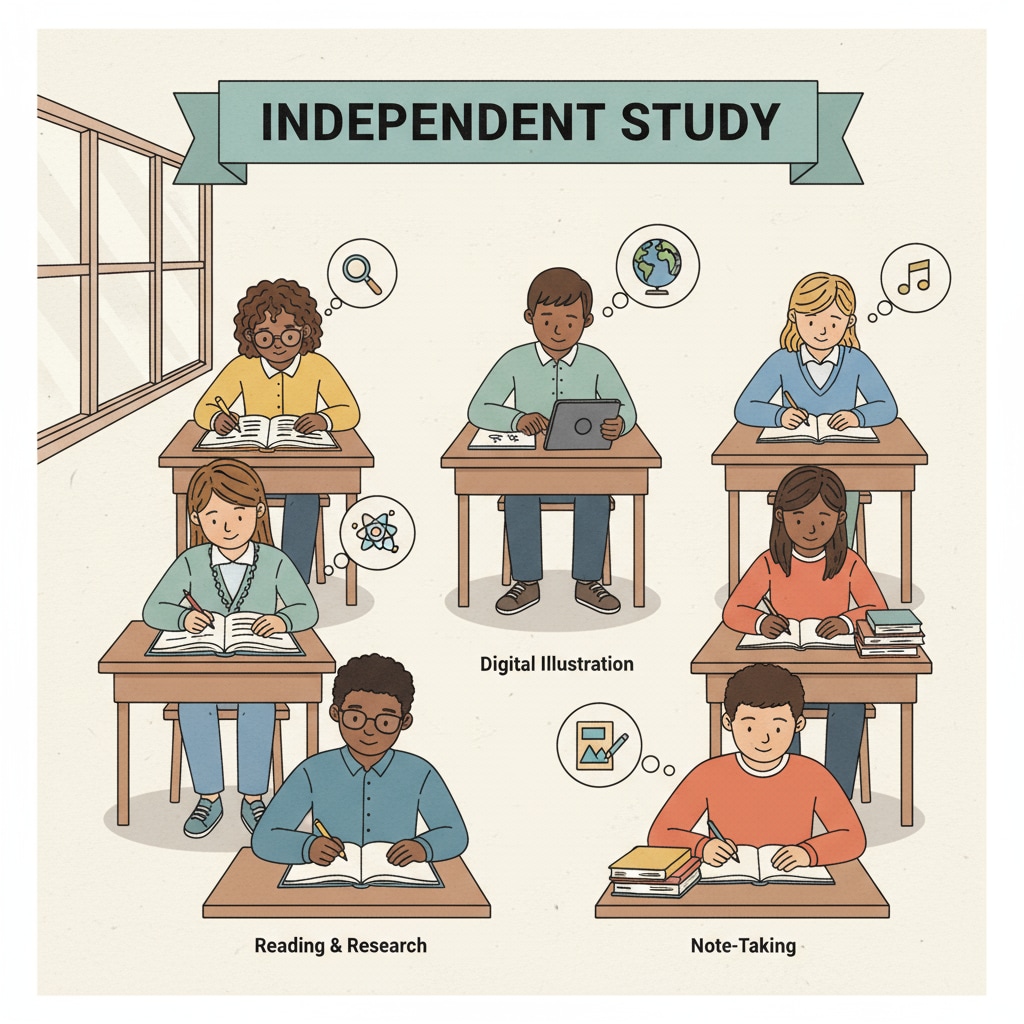In the realm of K12 education, the age-old debate of group learning versus individual learning and its impact on learning effectiveness continues to intrigue educators and students alike. Understanding the nuances of these two learning approaches is crucial for optimizing educational outcomes. Let’s take a closer look at each method and how they can be effectively utilized.

The Power of Group Learning
Group learning offers numerous benefits that contribute to enhanced learning effectiveness. Firstly, it promotes collaboration and teamwork. When students work together in groups, they learn to communicate, share ideas, and delegate tasks. This not only helps in developing social skills but also exposes them to diverse perspectives, which can deepen their understanding of the subject matter. For example, in a science project, students with different strengths can bring unique insights, leading to a more comprehensive and innovative solution. Group learning on Wikipedia

The Merits of Individual Learning
On the other hand, individual learning has its own set of advantages. It allows students to work at their own pace. Some students may grasp concepts quickly and prefer to move ahead, while others may need more time for in-depth understanding. With individual learning, students can tailor their study sessions to their specific needs. Additionally, it fosters self-discipline and independence. When studying alone, students are responsible for managing their time, setting goals, and staying focused. This can be particularly beneficial for tasks that require deep concentration, such as reading a complex text or solving challenging math problems. Individual learning on Britannica
Finding the right balance between group learning and individual learning is key. In some cases, a combination of both methods can yield the best results. For instance, students can first engage in individual research to gather information and form their own thoughts, and then come together in groups to discuss and refine their ideas. This way, they can leverage the strengths of both approaches to achieve a more profound understanding and better learning outcomes.
Readability guidance: As we’ve seen, both group learning and individual learning have their unique merits. By understanding when to use each approach, educators can design more effective learning experiences for students in the K12 education system. It’s all about creating a harmonious blend that maximizes learning effectiveness.


